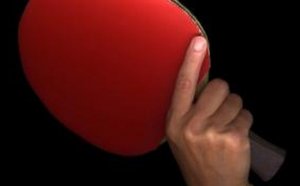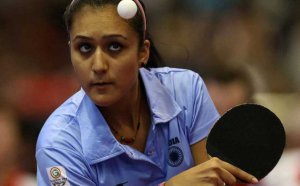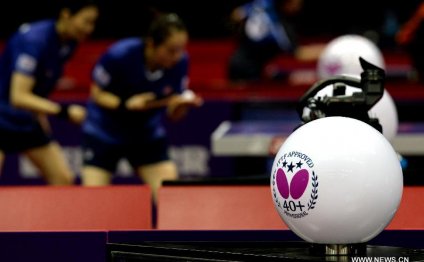
Ball of Table Tennis
 The new ball has been introduced to international competition, now is the time to master it!
The new ball has been introduced to international competition, now is the time to master it!
Seven simple tips to adjusting to the new plastic ball by our passionate equipment expert, Matt Hetherington.
1. Don't Be Cynical, Give it a Chance!
Most people have already turned their noses up, of course! We don't like change. There has been a lot of negativity surrounding the new ball. The new ball does have some differences but a great effort has been made to create a ball as similar as possible to the celluloid ball. First important pointer, it's not all that bad, it's still playable and will require some small adaptations, but it's not the end of table tennis as we know it.
2. Stay Closer to the Table in Topspin Rallies
One thing we noticed when in loop or topspin rallies was that the ball trajectory after the bounce was actually a little bit lower than with the celluloid ball. This means if you are used to staying further back in topspin exchanges you are going to find yourself picking the ball up a bit late. Make sure you adjust to the new lower bounce off the table so you can continue to be effective and deadly on attack!
3. Be Ready for Shorter Serves
A standout of the new ball is that it does react less on the table, this means a lower and slower bounce and consequently serves which don't often drift longer. There is a lot more comfort short serving the ball. Most of the short serves we tried which bounced twice with a celluloid ball could find three bounces at the other end with the poly ball. So be prepared for tighter serves.
 4. Start Thinking Placement
4. Start Thinking Placement
While powerful strokes can still be achieved with the plastic ball, there is certainly a small loss of speed and spin. It is more comfortable to block offensive balls and once you get used to it the error margin on shots seems to be a little more on the safer side. This means placement is going to become twice as important as it is more difficult to hit through your opposition.
5. Close Those Angles A Bit More
While the ball is less reactive off the table surface, it does seem to have a firmer bounce on the rubber. In short exchanges the ball was a little harder to keep low over the net and it's more difficult to try and impart amounts of spin on a short push. You will need to create a little more angle on your short pushes in order to keep that ball low to the net, otherwise it's going to be floating a little too far into the danger zone.
6. Put in the Hours
The obvious way of mastering anything new. Don't hesitate, get your hands on some poly balls sooner rather than later. The best thing to do is to use one poly ball and one celluloid ball in the beginning and try and analyse some of the comparisons between them. This will help you understand the differences between the two balls and you will start to see some things you will need to alter in order to master the new ball.
RELATED VIDEO

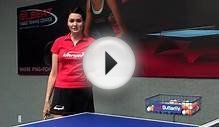
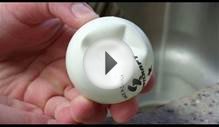
Share this Post
Related posts
Benefits of Table Tennis
Whether you’re playing doubles or singles, table tennis, or ping pong, can be a fast-paced competitive sport. In fact, when…
Read MoreFamous players of Table Tennis
William Henzell, Australia William Henzell is a fast playing Australian, originally from Adelaide. William has represented…
Read More
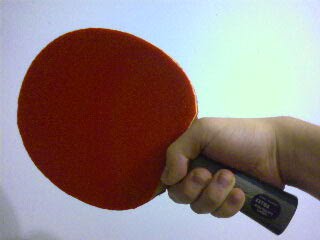 A table tennis racket (also called a "bat", "paddle", or "racquet") is used by players in the game of table tennis. The racquet is usually made from laminated wood covered with rubber on one or two sides depending on the grip of the player. In the USA, the term...
A table tennis racket (also called a "bat", "paddle", or "racquet") is used by players in the game of table tennis. The racquet is usually made from laminated wood covered with rubber on one or two sides depending on the grip of the player. In the USA, the term...
